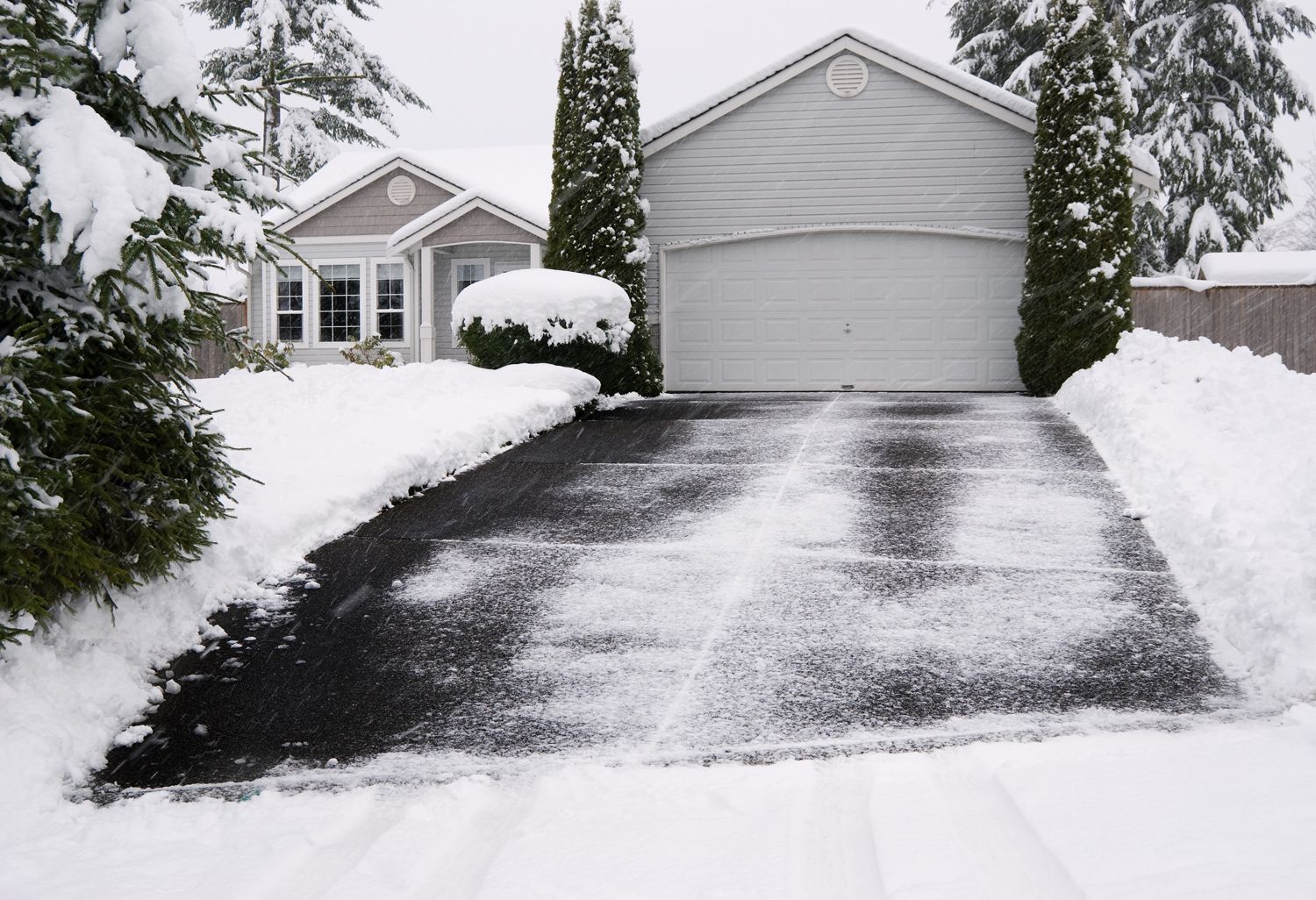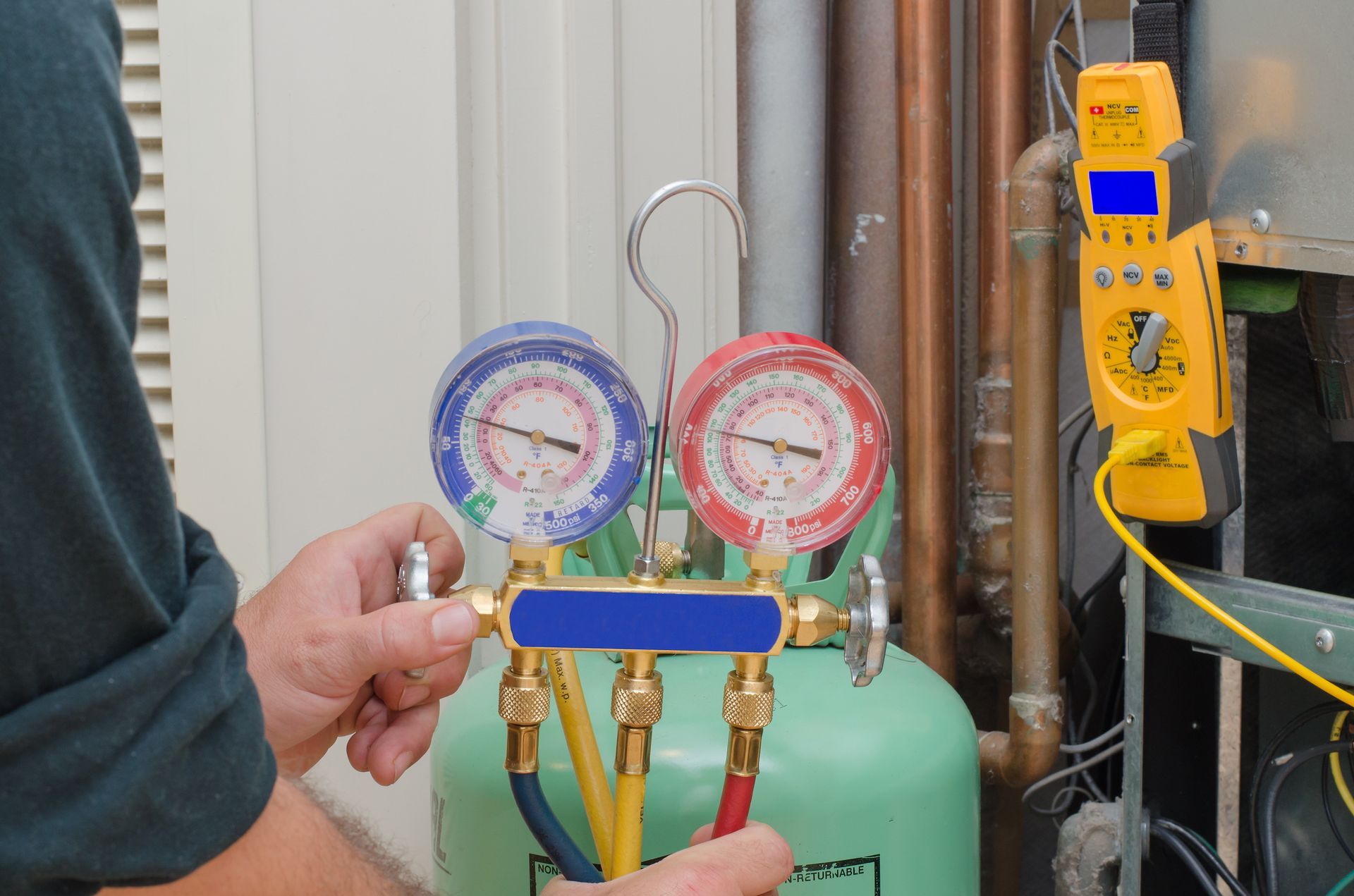The importance of indoor air quality
We tend to think of air pollution as a risk faced outside, but the air we breathe indoors can also be polluted. Smoke, vapors, mold, and chemicals used in certain paints, furnishings, and cleaners can all affect indoor air quality and our health.
Buildings affect overall well-being because most people spend most of their time inside. The U.S. Environmental Protection Agency estimates Americans are indoors 90% of their time – in built environments such as homes, schools, workplaces, places of worship, or gyms.
Environmental health researchers study how indoor air quality affects human health and well-being. Studies suggest that indoor concentrations of air pollutants are increasing, driven by factors such as the types of chemicals in home products, inadequate ventilation, hotter temperatures, and higher humidity.
Types of Pollutants
Many factors contribute to poor indoor air quality. Indoor air includes pollutants that penetrate from the outdoors, as well as sources that are unique to the indoor environment. These sources involve:
• Human activities within buildings, such as smoking, burning solid fuels, cooking, and cleaning.
• Vapors from building and construction materials, equipment, and furniture.
• Biological contaminants, such as mold, viruses, or allergens.
Some contaminants are described below:
• Allergens are substances that can trigger the immune system, causing an allergic reaction; they can circulate in air and remain on carpets and furniture for months.
• Asbestos is a fibrous material formerly used for making incombustible or fireproof building materials, such as roof shingles, siding, and insulation. Disturbing asbestos minerals or asbestos-containing materials can release fibers, often too small to see, into the air. Asbestos is known to be a human carcinogen.
• Carbon monoxide is an odorless and toxic gas. It is found in fumes produced any time you burn fuel in cars or trucks, small engines, stoves, lanterns, grills, fireplaces, gas ranges, or furnaces. Proper venting or exhaust systems prevent build up in the air.
• Formaldehyde is a strong-smelling chemical found in some pressed wood furniture, wood particle cabinets, flooring, carpets, and fabrics. It can also be a component of some glues, adhesives, paints, and coating products. Formaldehyde is known to be a human carcinogen.
• Lead is a naturally occurring metal that has been used in a wide variety of products including gasoline, paint, plumbing pipes, ceramics, solders, batteries, and even cosmetics.
• Mold is a microorganism and type of fungus that thrives in damp places; different molds are found everywhere, indoors, and outside.
• Pesticides are substances used to kill, repel, or control certain forms of plants or bugs that are known pests.
• Radon is a colorless, odorless, naturally occurring gas that comes from the decay of radioactive elements in soils. It can enter indoor spaces through cracks or gaps in buildings. Most exposures occur inside homes, schools, and workplaces. EPA estimates radon is responsible for about 21,000 U.S. deaths from lung cancer annually.
•
Smoke, a byproduct of combustion processes, such as from cigarettes, cookstoves, and wildfires, contains toxic chemicals like formaldehyde and lead.










Browse Our Website
Business Information
Phone: 309-676-2597
Emergency Number: 309-219-2597
Email: office@mcmahillandsons.com
Address: 1619 W. Luthy Drive Peoria, IL 61615
Payment Option










Business Hours
- Mon - Fri
- -
- Sat - Sun
- Closed
By Appointment After Hours
Emergency Service Available 24/7
Browse Our Website
Business Information
Phone: (309) 676-2597
Emergency Number: (309) 219-2597
Email: office@mcmahillandsons.com
Address: 1619 W. Luthy Drive Peoria, IL 61615
Payment Option










Business Hours
- Mon - Fri
- -
- Sat - Sun
- Closed
By Appointment After Hours
Emergency Service Available 24/7


